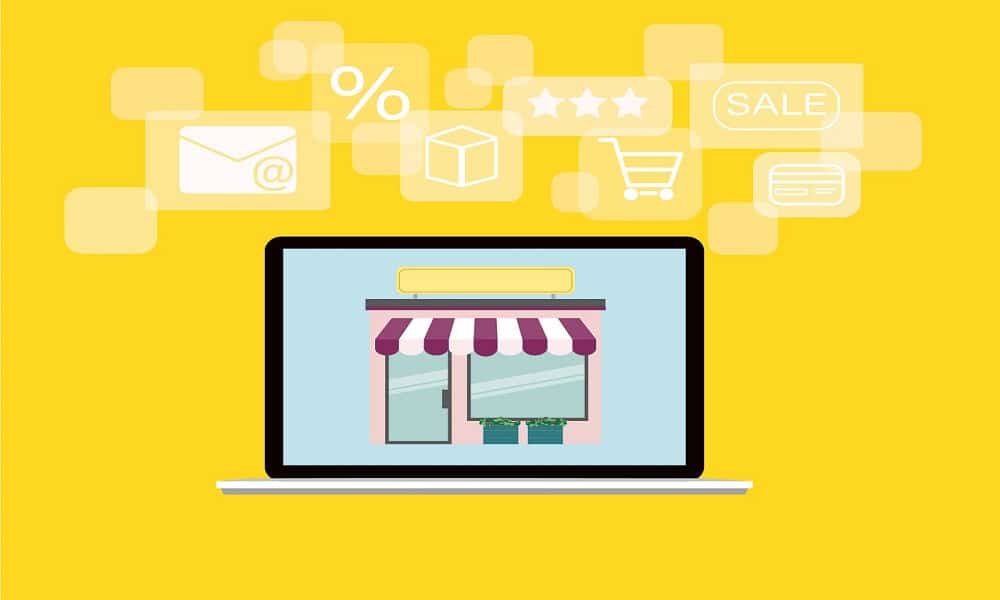Having an online store is great, but driving traffic to it is crucial for sales and growth. Without a steady flow of visitors, even the best eCommerce stores will fail to maximize their revenue potential. Here are 10 tips to get more eyes on your online store and boost traffic.
Optimize Your Website for Search Engines
Search engine optimization (SEO) is essential for bringing organic search traffic from engines like Google. Follow SEO best practices, like optimizing page titles and meta descriptions, improving site speed, using alt text for images, and including target keywords in content. Research what keywords your potential customers are searching for and focus your optimization efforts around those. On-page optimization, site architecture improvements, internal linking, and loading speed optimizations are key for better SEO rankings. Working with a Shopify marketing agency can get you on the right path.
Leverage Search Engine Marketing
Search engine marketing (SEM), also known as pay-per-click (PPC) advertising, lets you purchase ads on search engines so your product pages and website appear in search results when people look for relevant keywords. Platforms like Google Ads make SEM accessible for eCommerce stores. Craft compelling ads and target them to high-intent searches to drive traffic. Make sure to A/B test different ad copies, landing pages, keywords and bids to maximize your ad spend.
Promote Your Store on Social Media
Social networks like Facebook, Instagram, and X allow you to reach millions of potential customers. Share your products, brand story, special offers, and other content to gain followers. Use hashtags, tagged posts, and other tactics to expand your organic reach. Paid social ads are another option to get more social traffic. Leverage social media advertising platforms like Facebook, Instagram and LinkedIn ads to promote your products. Target your ads towards your ideal audience demographics, interests and behaviors.
Send Email Newsletters and Offers
Email marketing helps keep customers engaged while promoting products and deals. Collect emails at checkout and through lead magnets. Send out newsletters with store updates, product recommendations, special discounts, and other valuable info. Personalize emails and target campaigns to reach the most relevant subscribers. Use email automation to send behavioral-based emails like browse abandonment reminders. Offer incentives for subscribing like discounts or exclusive content.
Boost Brand Awareness with Content
Content like blog posts and videos raises awareness for your brand and products, especially if you optimize it for SEO and promote it on social media. Share helpful information, tutorials, “behind the scenes” looks, and other unique content. Try interviewing customers or hosting giveaways to generate more interest. Leverage user generated content by encouraging customers to post about your products on social media. Repurpose content into multiple formats like text, video and audio.
Partner with Influencers and Industry Experts
Influencer marketing collaborations tap into the existing follower base of bloggers, brand ambassadors, and thought leaders. Reach out to influencers who align with your products and brand. Negotiate sponsored content, product reviews, social media shoutouts, and other partnership opportunities. Ensure influencer partnerships are clearly communicated as sponsored content to comply with FTC guidelines.
Claim and Optimize Business Listings
Your store’s listings on directories like Google My Business and Bing Places help local customers find your website. Fill out directories completely, use tracking numbers, update listings regularly, add photos/videos, and encourage customer reviews. Optimizing these listings can improve local SEO. Respond promptly to any reviews, questions or comments on your listings.
Run Retargeting Ads
Retargeting (also called remarketing) shows ads to people who have already visited your store to remind them about products they viewed or added to their cart. These ads convert at a high rate by targeting previously interested visitors. Use pixels or tags to enable retargeting on platforms like Facebook and Google. Create different ad copies and offers tailored specifically for visitors at different stages like awareness vs final purchase.
Guest Post and Get Backlinks
Guest posting on authority websites in your industry helps earn backlinks while also putting your brand and store in front of new audiences. Strive to land guest posts on reputable sites that align with your target customers. Make sure guest posts add value for the site’s readers. Build relationships with bloggers and publishers to open the door for recurring guest post opportunities.
Attend Events to Network and Raise Awareness
Look for ecommerce events, conferences, trade shows, and other in-person networking opportunities. As a sponsor or exhibitor, you can increase brand visibility and forge connections. When attending as a participant, interact with influencers and prospects to spread the word. Follow up with all event connections after with a personalized email to keep the conversation going. Offer event exclusives like special discounts or content.
By tapping into these tactics, eCommerce stores can drive consistent traffic through various channels, reaching shoppers throughout the buyer’s journey from initial awareness to final purchase. Avoid focusing on just one traffic source. A balanced approach across multiple strategies will help take your eCommerce traffic, sales, and success to the next level. Continuously test and optimize your efforts, doubling down on what works while cutting what doesn’t. Traffic generation takes ongoing work but pays dividends.


